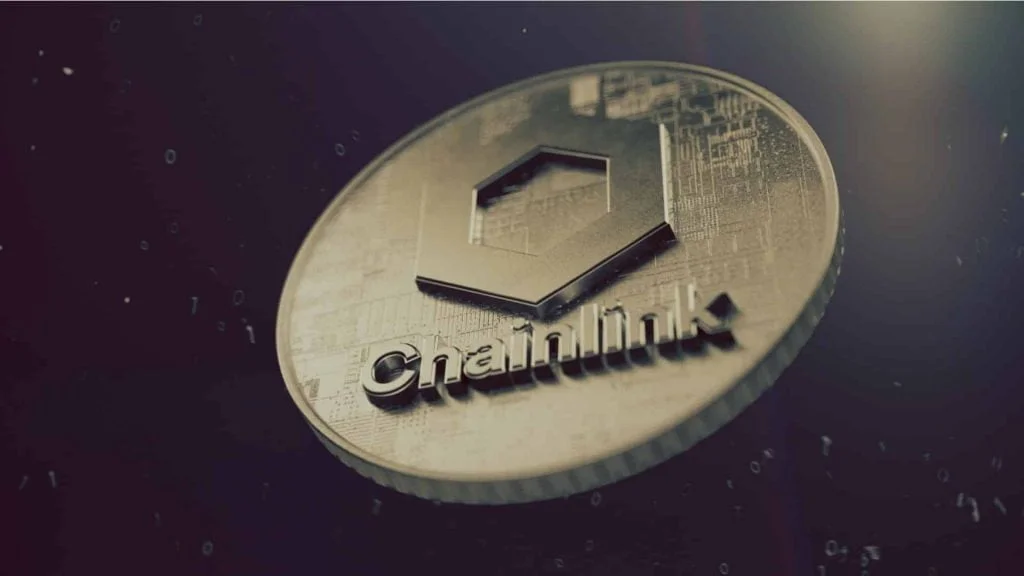Web 3.0 tokens offer immense potential to shape the future of the internet.

The Predecessors of Web 3.0
From the early 1990s to roughly 2004, Web 1.0 was the first generation of the World Wide Web. Most websites were static at this point. These websites were built by businesses and are used by people like you and me.
Web 2.0 refers to the World Wide Web’s current second generation. A substantial portion of content is created by users, such as social networking posts, blogs, vlogs, and so on.
The majority of this data is held and monetized by large corporations such as Google and Meta (Facebook).
Web 2.0 sites with the capacity to censor user content include Facebook, Wikipedia, and Twitter, as well as payment firms refusing someone access to their services.
What is Web 3.0 all about?
Web 3.0 is the most recent iteration of the World Wide Web, with a focus on decentralisation.
Web 3.0, often known as Web3, is an advanced form of the internet that has a blockchain-powered decentralized ecosystem where users may communicate without caring about central data-specific repositories.
Web 3.0-related cryptocurrencies are referred to as Web 3.0 tokens or Web 3.0 cryptocurrencies.
Blockchains, crypto-assets (fungible and non-fungible), artificial intelligence, and metaverses would progressively power Web 3.0 apps and services.
Web 3.0 is intended to give personalized content as well as the ability for users to control their own data.
Web 3.0 is the next generation of the world wide web that promises to boost user usability and the number of online apps by using the power of decentralized networks.
Web 3.0 ideally intends to provide people more control over their digital material through the use of decentralized infrastructure, removing the reliance of transactions and permissions on a single authority.
Popular Tokens to Watch in 2022
Since their inception, Web 3 coins have gained significant interest. The following is a list of the top 5 Web 3.0 cryptocurrencies that are striving to build new technology.
The table below shows the primary metrics of these cryptos as of 10 January 2022:
| Web 3.0 Tokens | Price $ | 24-Hours Volume $ | Market Cap $ | |
| 1. Chainlink | LINK | 27.46 | 3.4 Bilion | 12.8 Billion |
| 2. Filecoin | FIL | 28.8 | 561 Million | 4.1 Billion |
| 3. THETA | THETA | 3.83 | 220 Million | 3.8 Billion |
| 4. Arweave | AR | 46.20 | 81 Million | 1.5 Billion |
1. Chainlink (LINK)- $12.8 billion

Chainlink is a blockchain abstraction layer that enables universally connected smart contracts.
Chainlink, a decentralized oracle network, enables blockchains to safely communicate with external data feeds, events, and payment mechanisms, providing the vital off-chain information required by complicated smart contracts to become the dominant form of digital agreement.
According to Coinmarketcap, the live Chainlink price as of the time of writing is $27.46 USD with a 24-hour trading volume of $3,425,399,579 USD.
2. Filecoin (FIL)- 4.1 billion

Filecoin (FIL) is a new era of distributed, decentralized storage with a network designed to store humanity’s most important information. The Filecoin mainnet was first launched on October 15th, 2020.
Since it’s inception, the Filecoin network and its surrounding ecosystem have expanded enormously to what they are now.
According to Coinmarketcap, the live filecoin price as of the time of writing is $28.18 USD with a 24-hour trading volume of $561,634,861 USD.
3. THETA (THETA)- $3.8 Billion

Theta (THETA) is a blockchain-powered network designed specifically for video streaming.
Theta mainnet, which was launched in March 2019, is a decentralized network in which users exchange bandwidth and computational resources on a peer-to-peer (P2P) basis. Steve Chen, co-founder of YouTube, and Justin Kan, co-founder of Twitch, are advising the initiative.
Theta has its own native cryptocurrency token, THETA, which performs multiple governance responsibilities within the network.
Enterprise validators include Google, Binance, Blockchain Ventures, Gumi, Sony Europe, and Samsung, as well as a Guardian network of thousands of community-run guardian nodes.
The Theta blockchain has two native tokens:
- Theta (THETA) for governance
- Theta Fuel (TFUEL) for powering transactions
According to Coinmarketcap, the live THETA price as of the time of writing is $3.83 USD with a 24-hour trading volume of $220,047,333 USD.
4. Arweave (AR)- 1.5 billion

Arweave is a protocol that allows you to store data permanently, sustainably, with a single upfront fee.
Arweave is a decentralised storage network for the indefinite storage of data. At its core is “permaweb” — a “permanent, decentralised web with applications and platforms like UI hosting, database writes & queries, and smart contracts.
According to Coinmarketcap, the live Arweave price as of the time of writing is $46.20 USD with a 24-hour trading volume of $81,124,164 USD.
Layer 1 blockchain and Web 3.0
Currently, Web 3.0 applications are often run on the Ethereum network, a Layer 1 blockchain.
Layer 1 Blockchains are also known as Layer 1 blockchain solutions, and are a set of proposed solutions that improve the base protocol to achieve better scalability for global adoption.
Layer 1 scaling could be:
- Enhancing the speed of block confirmation
- Increasing the data-containing capacity of a block
A Layer 1 network is a blockchain in a decentralized system. Two examples of this are Bitcoin and Ethereum.
Apart from Ethereum (ETH), Binance Smart Chain (BSC), Litecoin (LTC), Cardano (ADA), Polkadot (DOT) and Terra (LUNA) are some of the other Layer 1 blockchain technologies utilized to tackle the “scalability trilemma”.
The ways in which different networks scale rely on their consensus processes, with the common two being Proof of Work (PoW) and Proof of Stake (PoS).
There are other consensus mechanisms like Proof of Capacity (PoC), Proof of Activity (PoA), Proof of Burn (PoB), Proof of Elapsed Time (PoET) and Proof of History (PoH) that have their own strengths and are employed by various networks to improve scalability.
In order to supersede legacy systems supporting Web 2.0, Web 3.0 should use Layer 1 solutions that are highly scalable.
Fresh Developers will Flock to Web 3.0
In 2021, fresh developers will flock to Web 3.0, and the number of commits per project will increase.
Only one report, the most recent research from Electric Capital Developer, an increasing number of developers are going into the sector of decentralized technology.
According to the 2021 study, Web.3.0 project platforms have secured $ 100 billion in smart contracts.
The report compiled data from over 500,000 crypto projects on Github, totaling 160 million commits. It claims that Web 3.0 is the fastest-growing niche in the decentralized world and that there is a greater demand for developers than ever before.
A New Record for Web 3.0
According to data, 18,000 developers are actively making monthly commitments for open-source crypto-related Web 3.0 projects in 2021. Surprisingly, 34,000 new developers joined the company in the same year.
Furthermore, developer participation in Web 3.0 projects surged by 65 percent, demonstrating the field’s desirability in 2021.
As a result of the increased interest from developers, Bitcoin and Ethereum are two notable projects that have experienced high numbers of contributions.
Polkadot, Solana, Cardano, Cosmos, and BSC are other projects with considerable developer interest, with over 250 developers working monthly on the code base of each project.
Since decentralized technology became popular, the concept of Web 3.0, or the decentralized Internet, has piqued the interest of developers.
However, only a few initiatives, such as Polkadot, can truly develop channels through blockchain network interoperability.
Despite the skepticism of detractors such as Elon Musk, who regards the notion of a decentralized internet as a marketing phrase, this has demonstrated the concept’s practicability and inherent possibilities.
